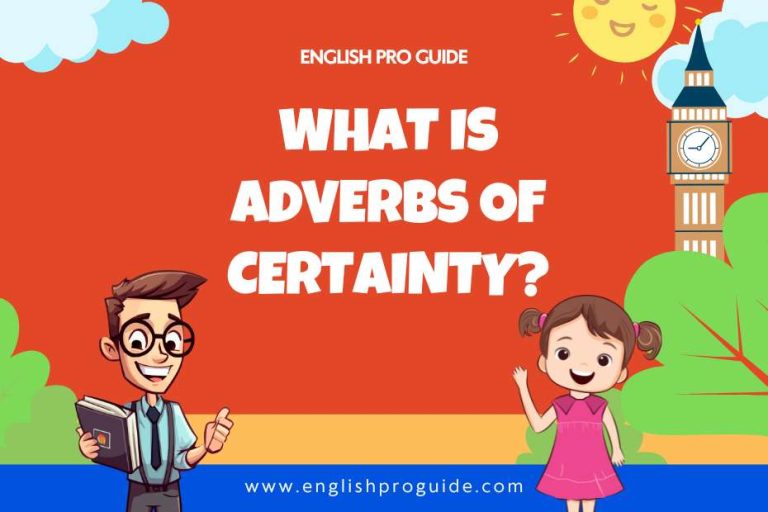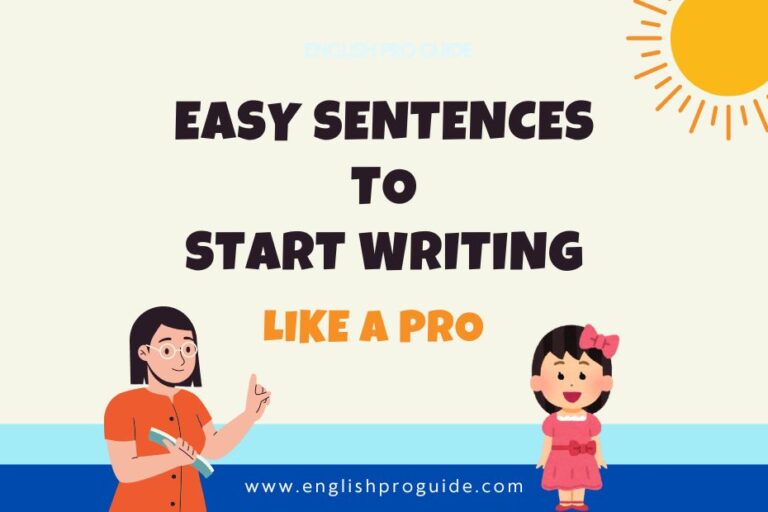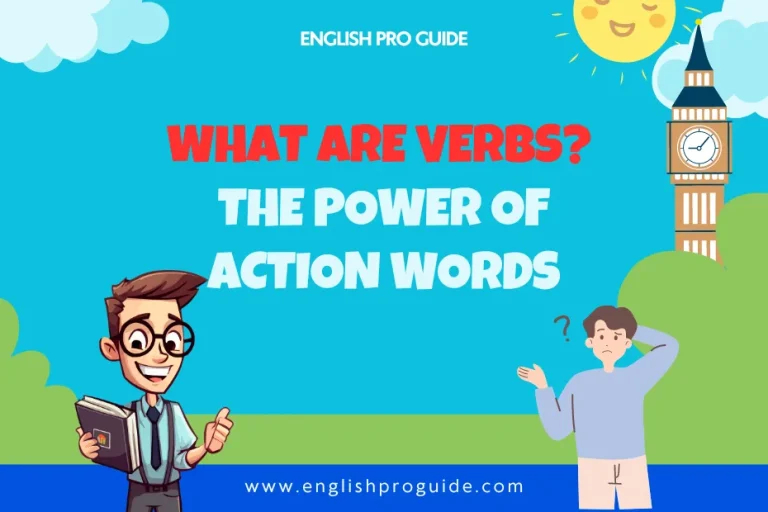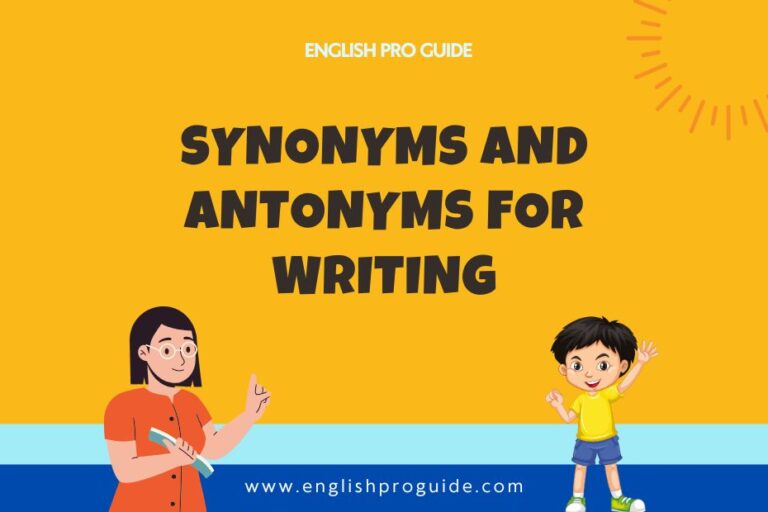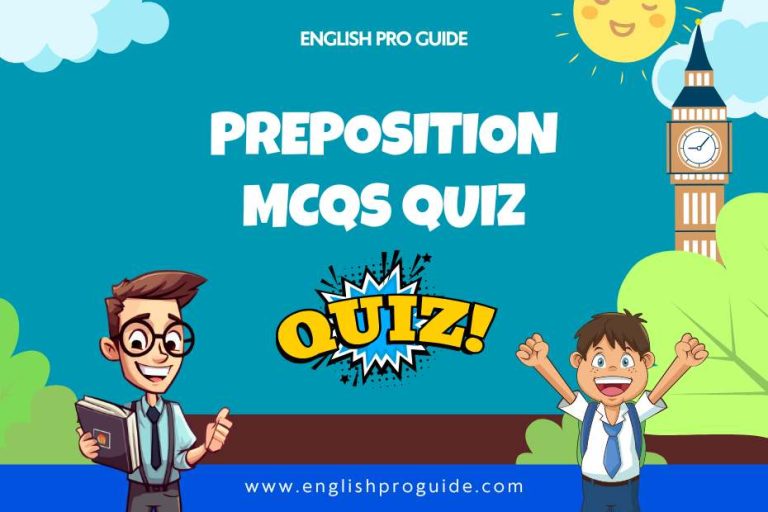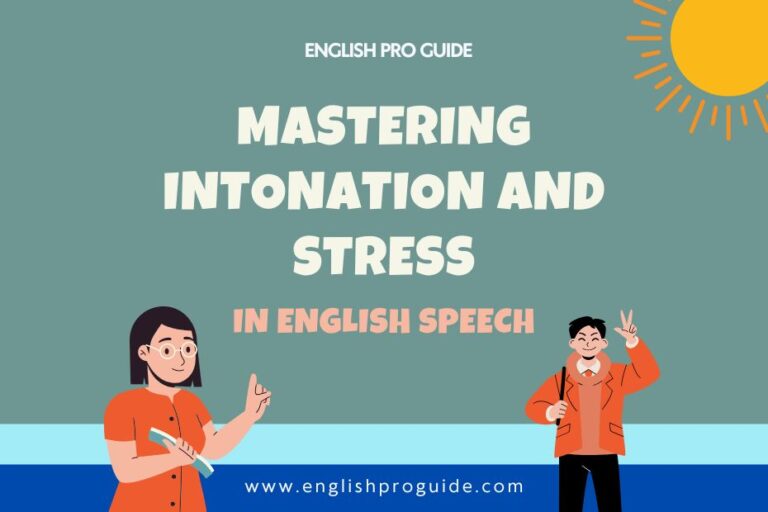How To Teach Tier 2 Vocabulary? Boost Students’ Word Power
To teach Tier 2 vocabulary, introduce words in context, use visuals, play interactive games, and encourage students to use new words in sentences. Regular practice makes them stick!
Hello, Respected teachers. I hope you are doing well in your classroom. Also knew making regular worksheet is boring in your busy life. So, today I made a worksheet for you guys to use in your classroom. I hope it will help you.
All Three Tiers of Vocabulary
| Tier | Description | Examples |
|---|---|---|
| Tier 1 | Basic, everyday words familiar to most students. Often concrete and rarely require explicit teaching. | dog, car, happy, book |
| Tier 2 | High-frequency words that are common in written texts and academic settings. These words enrich students’ vocabulary and are crucial for understanding complex texts. | analyze, summarize, contrast, predict |
| Tier 3 | Subject-specific terms often related to specialized fields. Typically, these words are taught in specific contexts (e.g., science, history). | photosynthesis, impeachment, algorithm, monarchy |
What is Tier 2 Vocabulary?
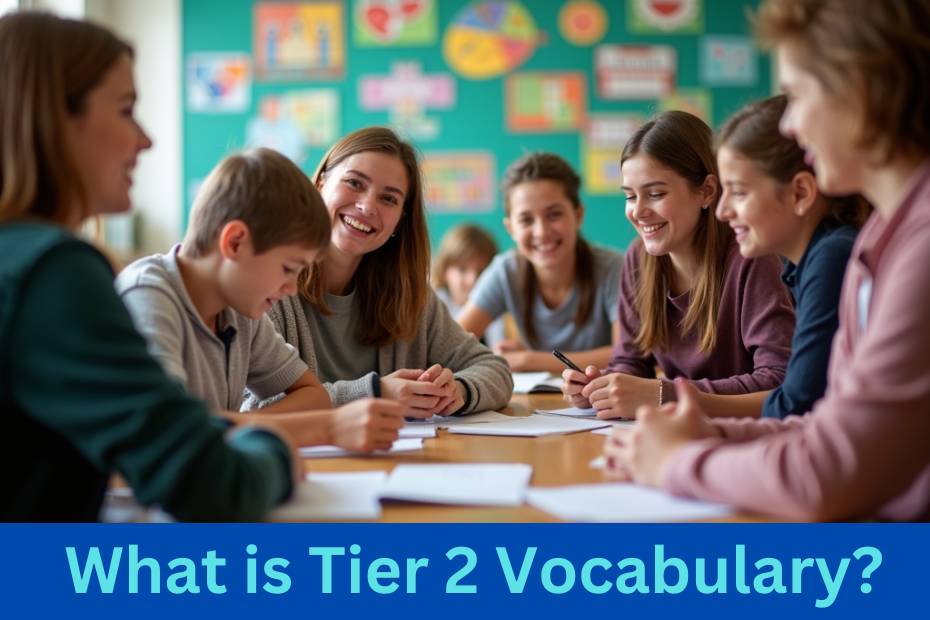
Tier 2 vocabulary includes words that appear frequently across various texts and subjects but may not be part of students’ everyday language.
These are words that enhance students’ language comprehension and expression, helping them navigate academic language more confidently.
They are often descriptive or abstract terms like analyze, consequence, and significant—words that help bridge basic vocabulary with advanced concepts.
How To Teach Tier 2 Vocabulary Words In Classroom?
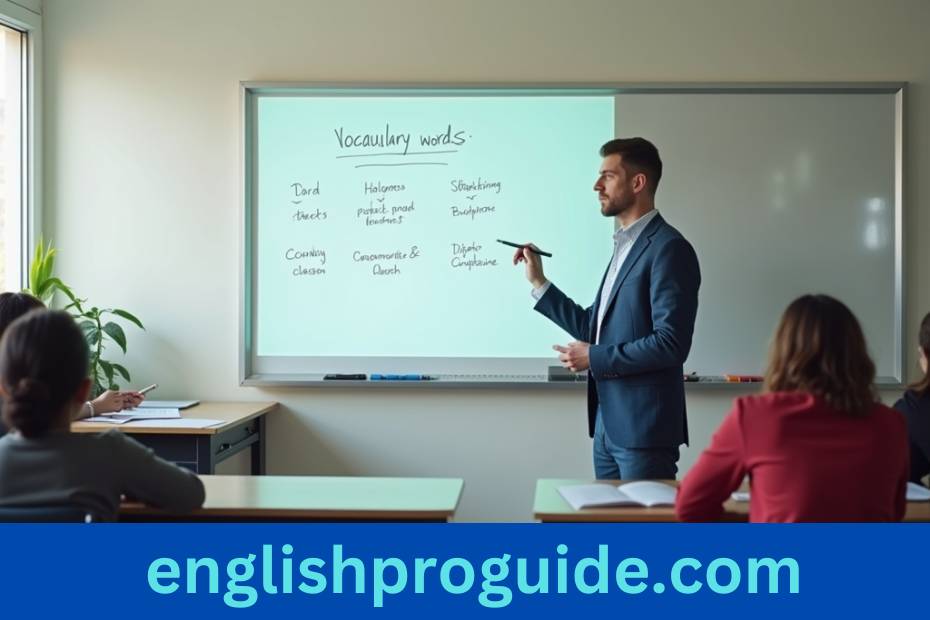
Incorporating Tier 2 words into daily lessons can be impactful and straightforward with some creative strategies:
- Contextual Learning: Present Tier 2 words within sentences or stories, allowing students to see how they function in real language. For example, use the word “persuade” in a discussion about advertisements or persuasive writing.
- Synonym Exploration: Provide simpler synonyms first to help students connect the Tier 2 word to familiar concepts. This can build a bridge between basic and advanced vocabulary.
- Interactive Games: Games like word matching, crossword puzzles, or “word of the day” activities can keep students engaged and reinforce their understanding of Tier 2 words.
- Sentence Practice: Encourage students to use new words in sentences or class discussions. This helps reinforce meaning and context, making the words more memorable.
- Regular Review and Usage: Consistent reinforcement of Tier 2 words in class assignments, discussions, and written exercises helps students incorporate them into their active vocabulary.
Suggestions for Teaching Tier 2 Vocabulary
Create a Word Wall: A dedicated area in the classroom for displaying Tier 2 vocabulary can keep the words visible and accessible for students.
Use Graphic Organizers: Graphic organizers help students explore word meanings, synonyms, antonyms, and example sentences.
Reading Aloud: Regularly reading aloud and pausing to discuss Tier 2 words can expose students to how these words are naturally used.
Encourage Curiosity: Prompt students to ask about unfamiliar words they encounter in reading assignments or during class discussions.
Tier 2 vocabulary instruction is a rewarding investment that empowers students with the language tools they need to understand and communicate complex ideas.
Read More: When to Use Capital Letters In Writting? Easy Rules for Kids
Worksheet: Mastering Tier 2 Vocabulary
Here’s a simple worksheet that you can use to reinforce Tier 2 vocabulary learning in the classroom.
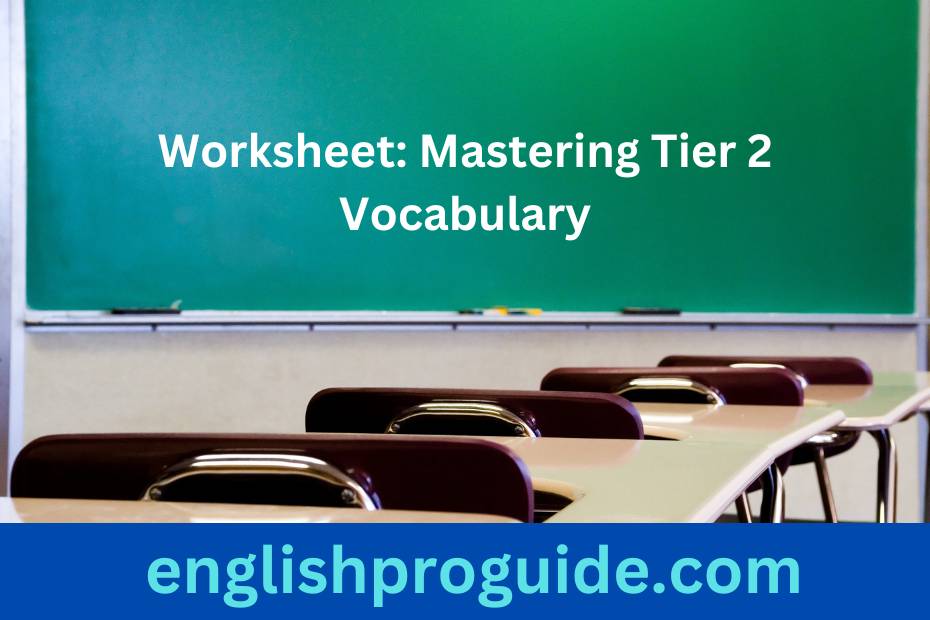
Complete the following activities to help build your understanding of Tier 2 vocabulary words.
Section 1: Understanding Tier 2 Vocabulary Words
A. Vocabulary Match-Up
Match each Tier 2 word with its correct definition.
| Vocabulary Word | Definition |
|---|---|
| 1. Analyze | A. To look closely at details |
| 2. Persuade | B. To cause something to happen |
| 3. Predict | C. To guess what might happen next |
| 4. Consequence | D. To convince someone of something |
| 5. Significant | E. An important outcome or effect |
Write your answers here:
- __
- __
- __
- __
- __
Section 2: Using Tier 2 Words in Sentences
Fill in the blanks using the correct Tier 2 word from the list: analyze, predict, persuade, consequence, significant.
- During the science experiment, we had to __ the results carefully.
- The new policy had a __ impact on student participation.
- Try to __ what might happen if you skip your homework.
- The teacher tried to __ the students to study harder.
- One __ of eating too much sugar is gaining weight.
Section 3: Word Exploration
Choose two Tier 2 words from the list and complete the chart below:
| Word | Synonym | Antonym | Use in a Sentence |
|---|---|---|---|
| Example: Analyze | Examine | Ignore | I need to analyze this chart for math class. |
Section 4: Contextual Practice
Read the paragraph below and underline each Tier 2 vocabulary word.
In history class, we had to analyze the reasons behind important events. The teacher asked us to predict what might have happened if certain choices were not made. One consequence of these decisions was significant for the entire country, and understanding them helps us make better choices today.
Section 5: Reflection
- Which Tier 2 word did you find most interesting? Why?
- How could understanding more Tier 2 vocabulary words help you in other subjects?
Teacher’s Note: Use this worksheet in small groups or as a class activity to encourage discussion and ensure that students grasp the context and application of each Tier 2 word.
Read More: Adjective And Adverb Clauses Quiz | Try Now
Final Words
Mastering Tier 2 vocabulary is a crucial step toward unlocking deeper comprehension and stronger communication skills for students.
Integrating these powerful, high-frequency words into classroom activities, teachers can help students navigate complex texts and confidently express their ideas.
Building vocabulary is a journey—keep words visible, practice often, and encourage curiosity!
Equipped with these tools and strategies, your students will be ready to make meaningful connections with new words and, ultimately, with the world around them. Happy teaching!

